the scalable pixel
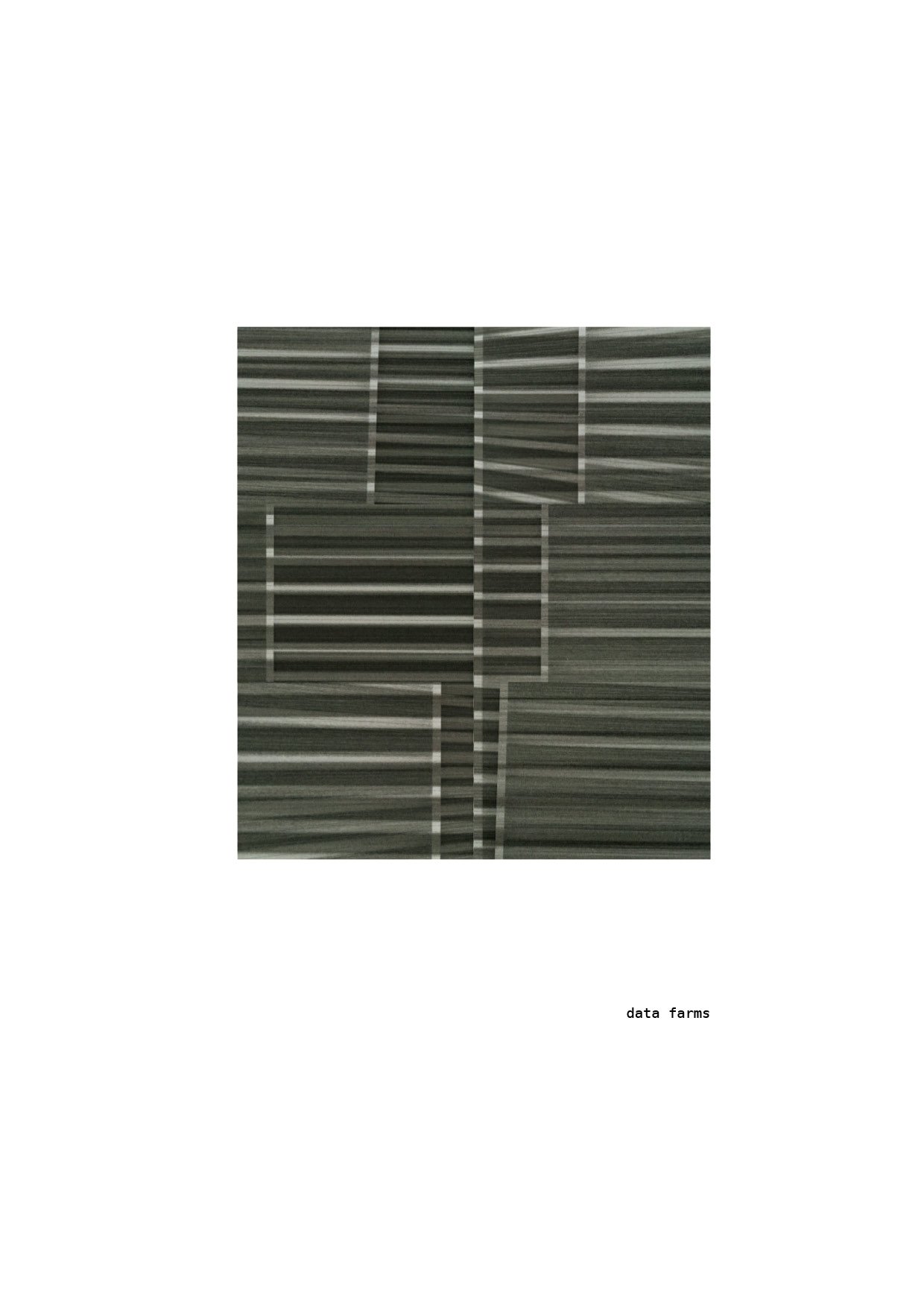
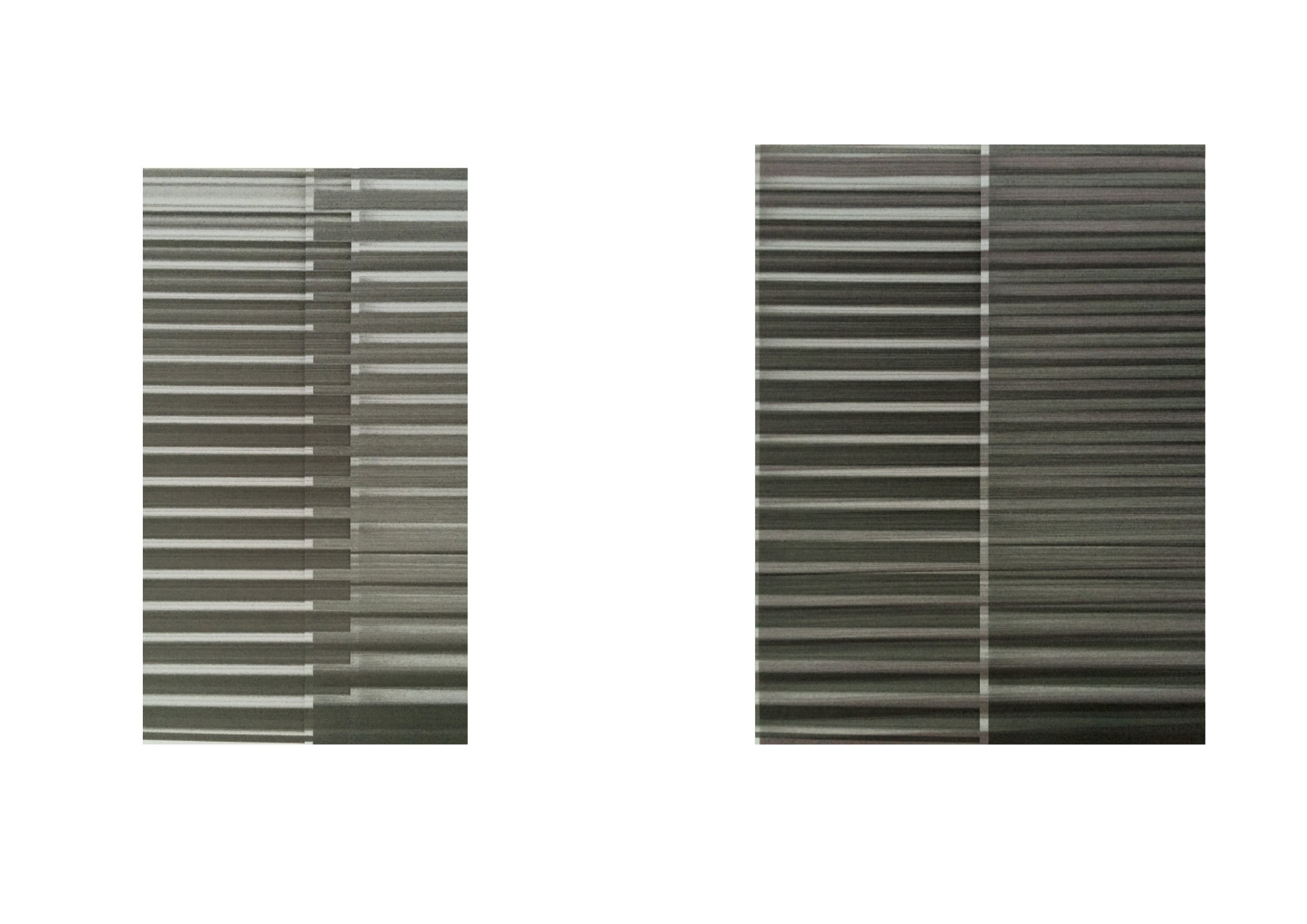
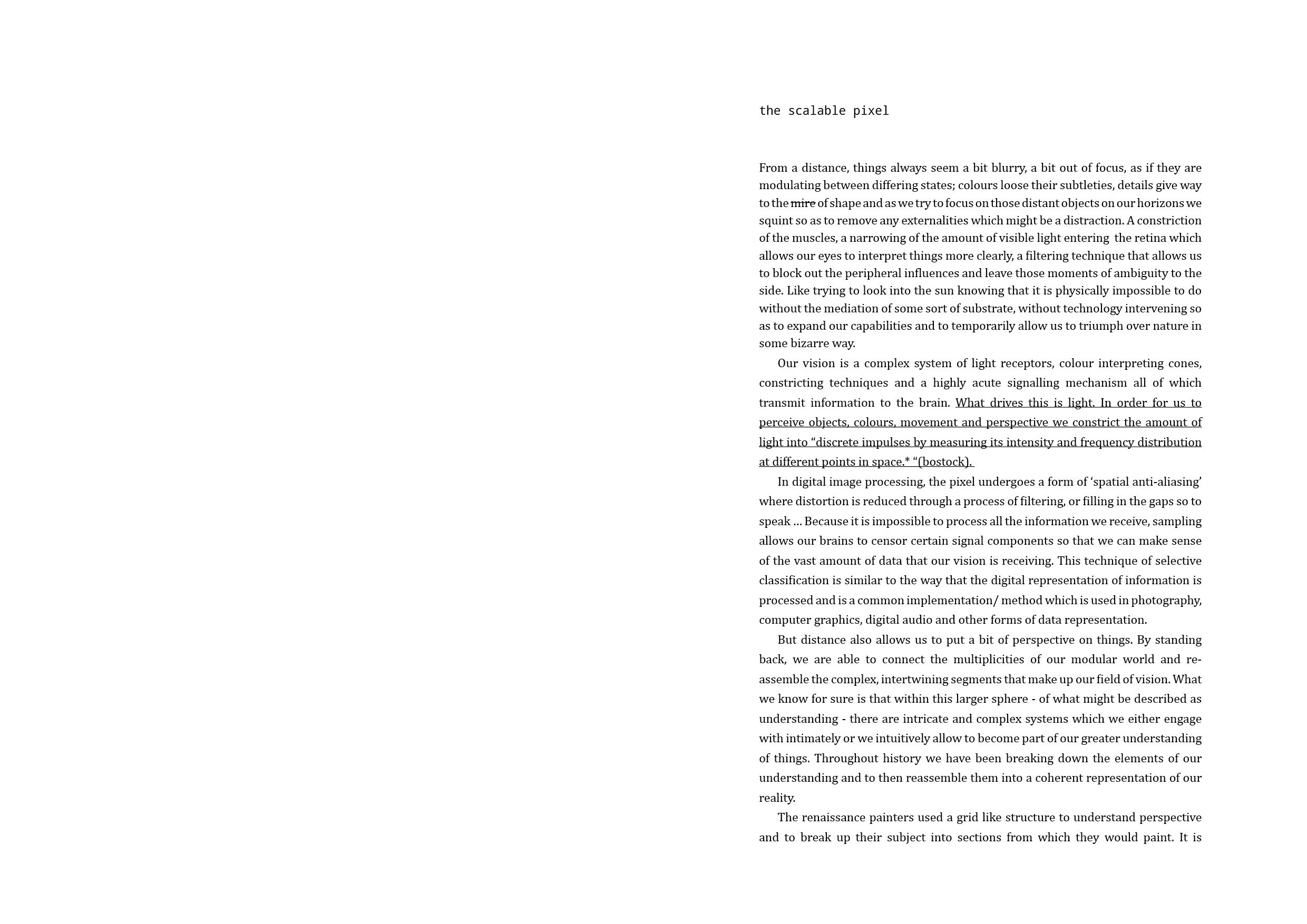
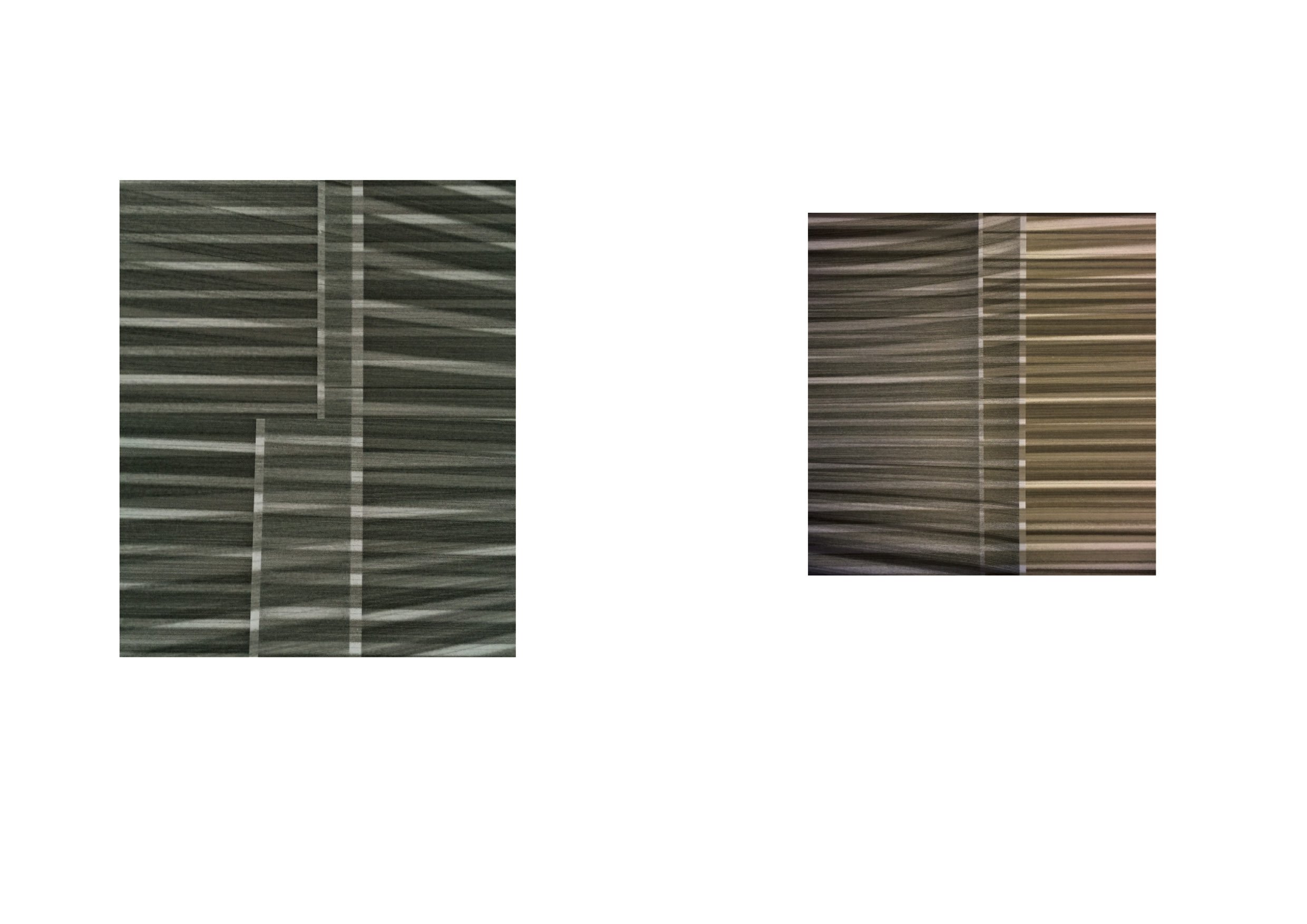
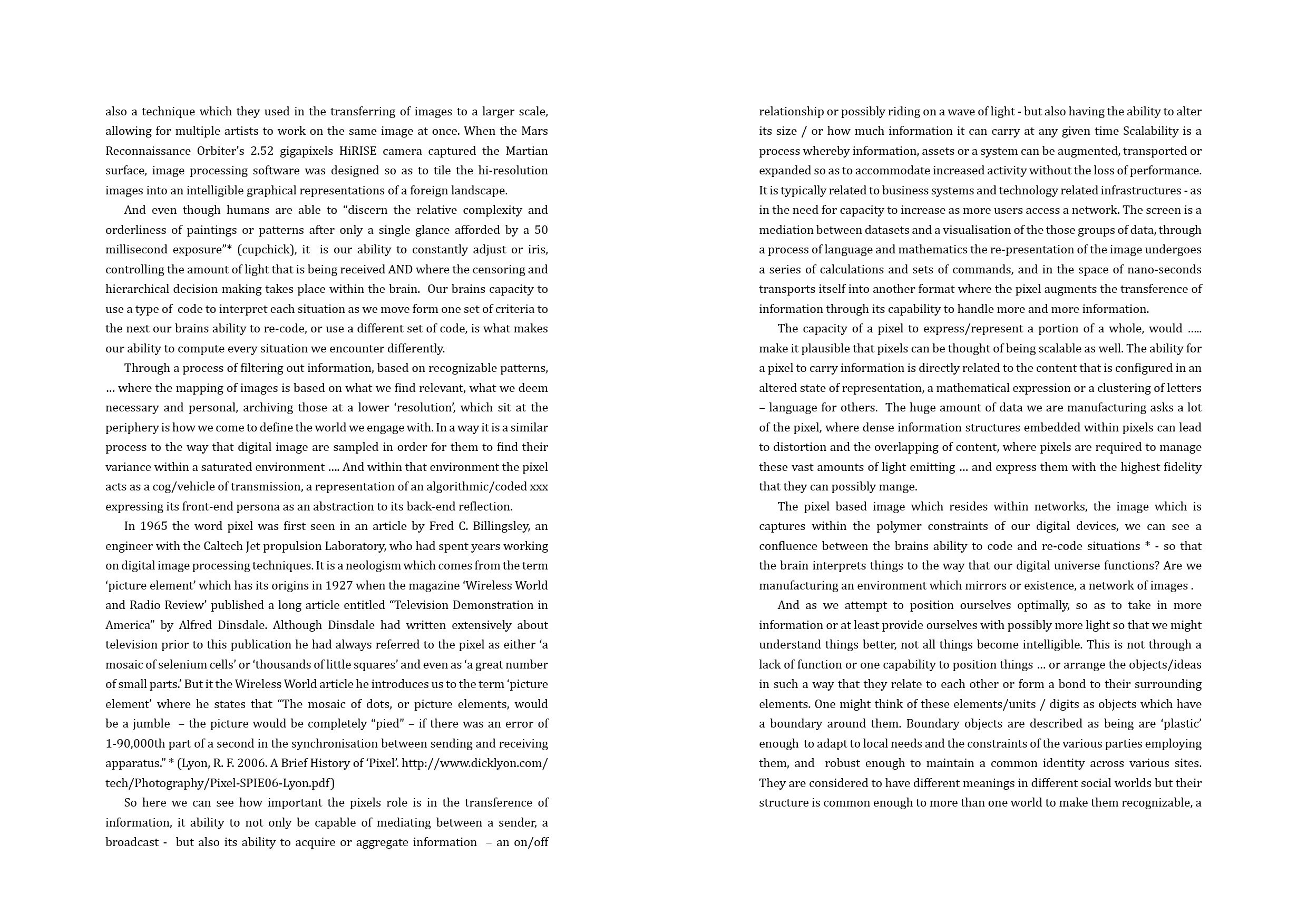
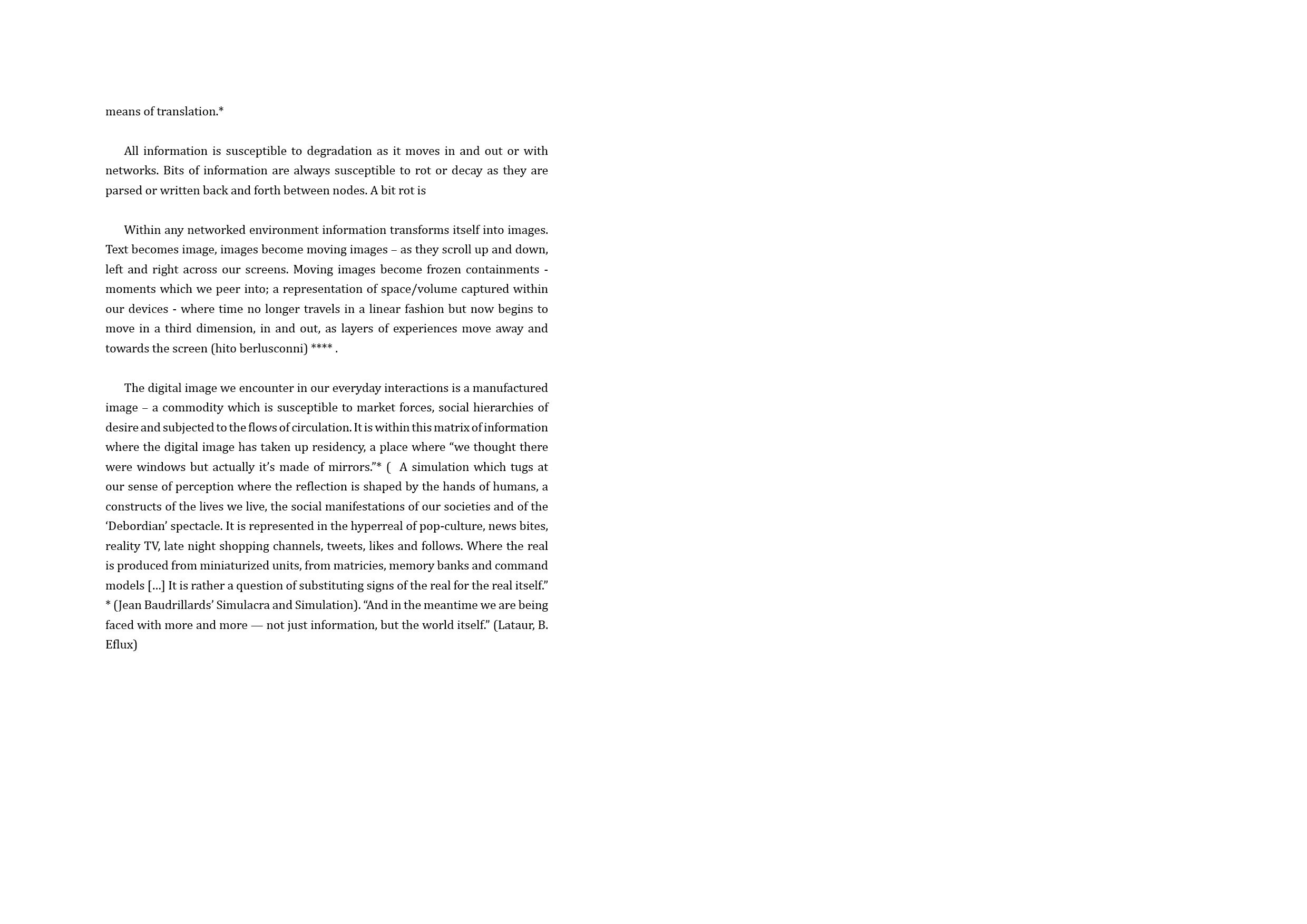
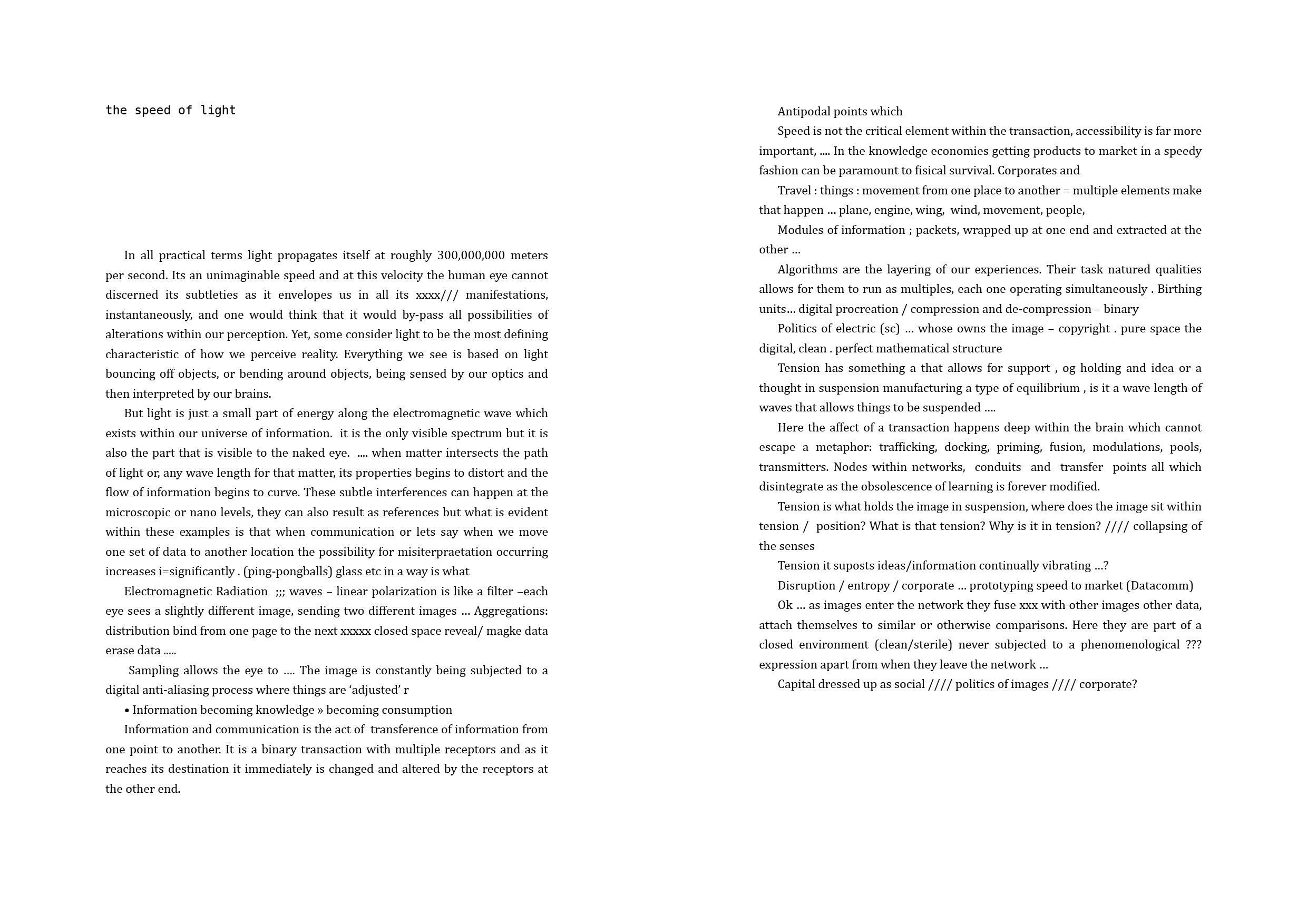
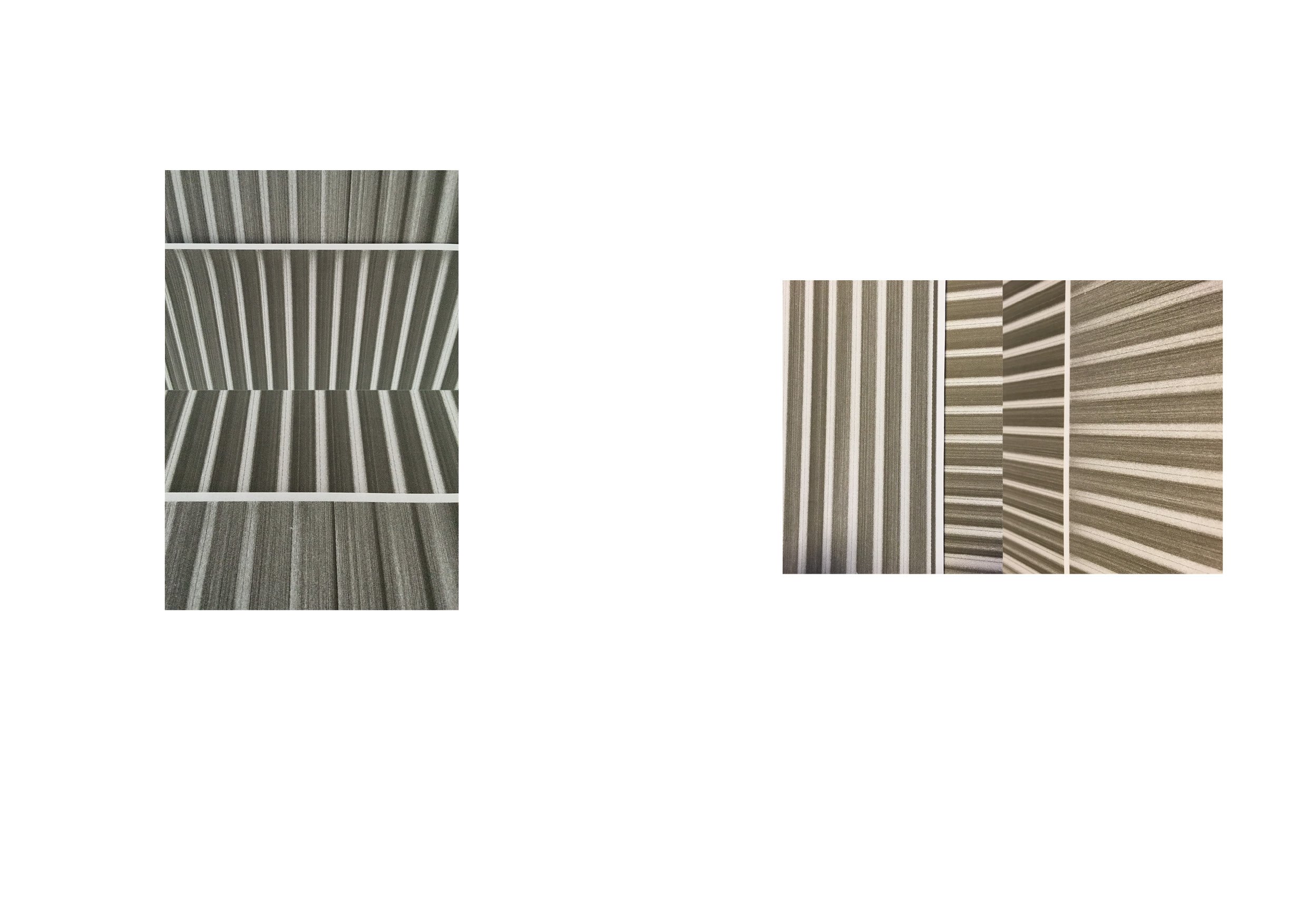
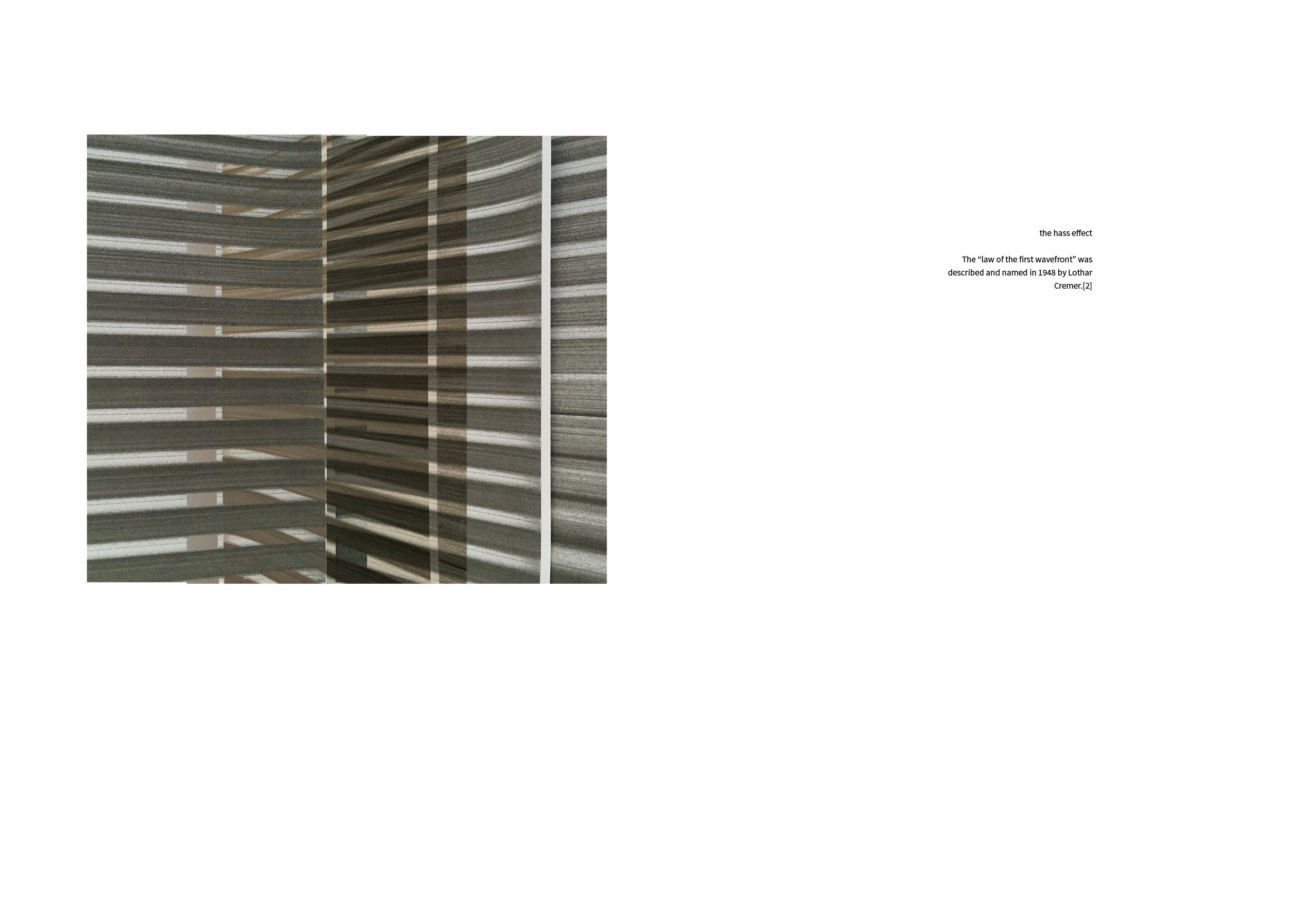
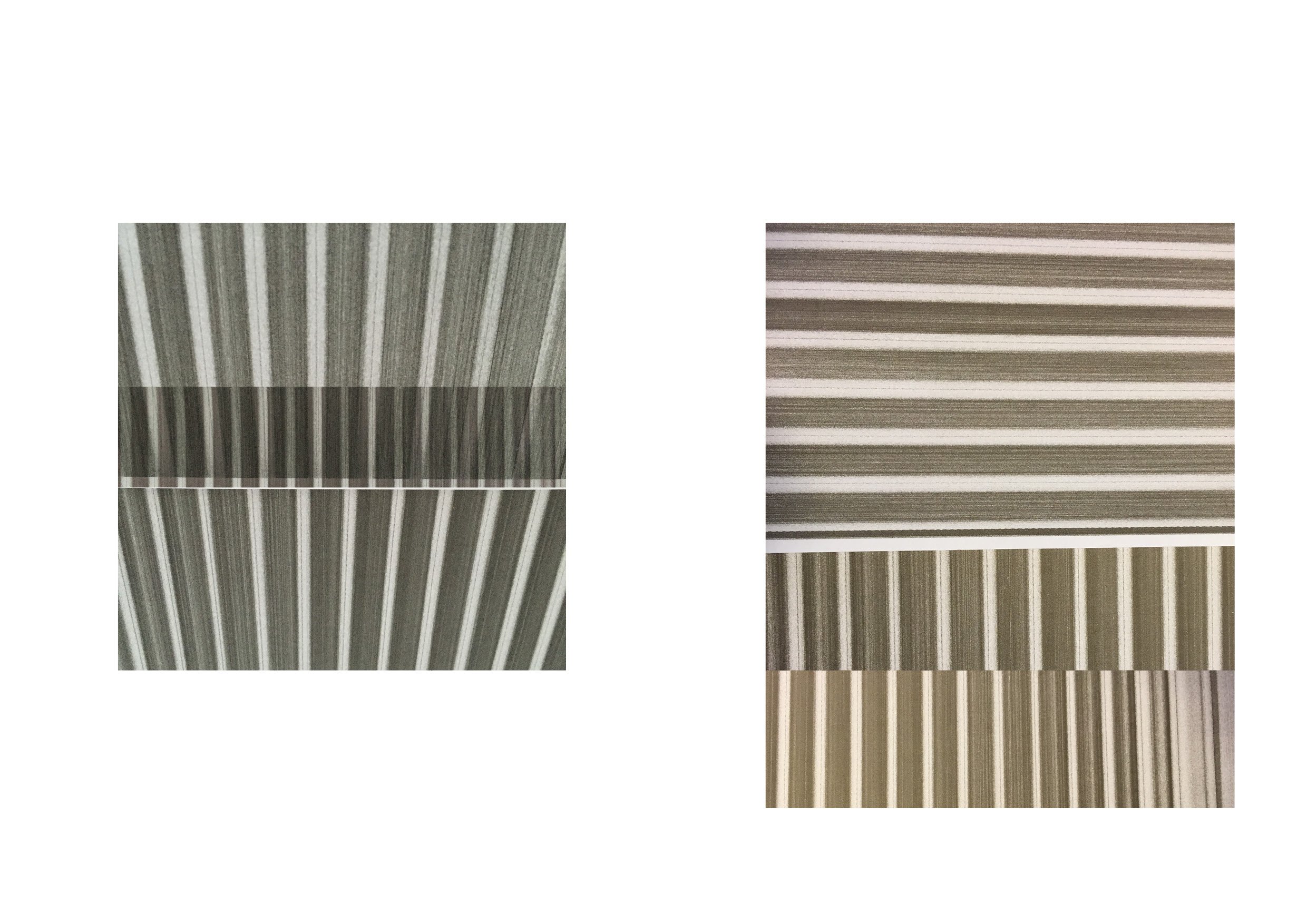


From a distance, things always seem a bit blurry, a bit out of focus, as if they are modulating between differing states; colours loose their subtleties, details give way to the mire of shape and as we try to focus on those distant objects on our horizons we squint so as to remove any externalities which might be a distraction. A constriction of the muscles, a narrowing of the amount of visible light entering the retina which allows our eyes to interpret things more clearly, a filtering technique that allows us to block out the peripheral influences and leave those moments of ambiguity to the side. Like trying to look into the sun knowing that it is physically impossible to do without the mediation of some sort of substrate, without technology intervening so as to expand our capabilities and to temporarily allow us to triumph over nature in some bizarre way.
Our vision is a complex system of light receptors, colour interpreting cones, constricting techniques and a highly acute signalling mechanism all of which transmit information to the brain. What drives this is light. In order for us to perceive objects, colours, movement and perspective we constrict the amount of light into “discrete impulses by measuring its intensity and frequency distribution at different points in space.* “(bostock).
In digital image processing, the pixel undergoes a form of ‘spatial anti-aliasing’ where distortion is reduced through a process of filtering, or filling in the gaps so to speak … Because it is impossible to process all the information we receive, sampling allows our brains to censor certain signal components so that we can make sense of the vast amount of data that our vision is receiving. This technique of selective classification is similar to the way that the digital representation of information is processed and is a common implementation/ method which is used in photography, computer graphics, digital audio and other forms of data representation.
But distance also allows us to put a bit of perspective on things. By standing back, we are able to connect the multiplicities of our modular world and re-assemble the complex, intertwining segments that make up our field of vision. What we know for sure is that within this larger sphere - of what might be described as understanding - there are intricate and complex systems which we either engage with intimately or we intuitively allow to become part of our greater understanding of things. Throughout history we have been breaking down the elements of our understanding and to then reassemble them into a coherent representation of our reality.
The renaissance painters used a grid like structure to understand perspective and to break up their subject into sections from which they would paint. It is also a technique which they used in the transferring of images to a larger scale, allowing for multiple artists to work on the same image at once. When the Mars Reconnaissance Orbiter’s 2.52 gigapixels HiRISE camera captured the Martian surface, image processing software was designed so as to tile the hi-resolution images into an intelligible graphical representations of a foreign landscape.
And even though humans are able to “discern the relative complexity and orderliness of paintings or patterns after only a single glance afforded by a 50 millisecond exposure”* (cupchick), it is our ability to constantly adjust or iris, controlling the amount of light that is being received AND where the censoring and hierarchical decision making takes place within the brain. Our brains capacity to use a type of code to interpret each situation as we move form one set of criteria to the next our brains ability to re-code, or use a different set of code, is what makes our ability to compute every situation we encounter differently.
Through a process of filtering out information, based on recognizable patterns, … where the mapping of images is based on what we find relevant, what we deem necessary and personal, archiving those at a lower ‘resolution’, which sit at the periphery is how we come to define the world we engage with. In a way it is a similar process to the way that digital image are sampled in order for them to find their variance within a saturated environment …. And within that environment the pixel acts as a cog/vehicle of transmission, a representation of an algorithmic/coded xxx expressing its front-end persona as an abstraction to its back-end reflection.
In 1965 the word pixel was first seen in an article by Fred C. Billingsley, an engineer with the Caltech Jet propulsion Laboratory, who had spent years working on digital image processing techniques. It is a neologism which comes from the term ‘picture element’ which has its origins in 1927 when the magazine ‘Wireless World and Radio Review’ published a long article entitled “Television Demonstration in America” by Alfred Dinsdale. Although Dinsdale had written extensively about television prior to this publication he had always referred to the pixel as either ‘a mosaic of selenium cells’ or ‘thousands of little squares’ and even as ‘a great number of small parts.’ But it the Wireless World article he introduces us to the term ‘picture element’ where he states that “The mosaic of dots, or picture elements, would be a jumble – the picture would be completely “pied” – if there was an error of 1-90,000th part of a second in the synchronisation between sending and receiving apparatus.” * (Lyon, R. F. 2006. A Brief History of ‘Pixel’. http://www.dicklyon.com/tech/Photography/Pixel-SPIE06-Lyon.pdf)
So here we can see how important the pixels role is in the transference of information, it ability to not only be capable of mediating between a sender, a broadcast - but also its ability to acquire or aggregate information – an on/off relationship or possibly riding on a wave of light - but also having the ability to alter its size / or how much information it can carry at any given time Scalability is a process whereby information, assets or a system can be augmented, transported or expanded so as to accommodate increased activity without the loss of performance. It is typically related to business systems and technology related infrastructures - as in the need for capacity to increase as more users access a network. The screen is a mediation between datasets and a visualisation of the those groups of data, through a process of language and mathematics the re-presentation of the image undergoes a series of calculations and sets of commands, and in the space of nano-seconds transports itself into another format where the pixel augments the transference of information through its capability to handle more and more information.
The capacity of a pixel to express/represent a portion of a whole, would ….. make it plausible that pixels can be thought of being scalable as well. The ability for a pixel to carry information is directly related to the content that is configured in an altered state of representation, a mathematical expression or a clustering of letters – language for others. The huge amount of data we are manufacturing asks a lot of the pixel, where dense information structures embedded within pixels can lead to distortion and the overlapping of content, where pixels are required to manage these vast amounts of light emitting … and express them with the highest fidelity that they can possibly mange.
The pixel based image which resides within networks, the image which is captures within the polymer constraints of our digital devices, we can see a confluence between the brains ability to code and re-code situations * - so that the brain interprets things to the way that our digital universe functions? Are we manufacturing an environment which mirrors or existence, a network of images .
And as we attempt to position ourselves optimally, so as to take in more information or at least provide ourselves with possibly more light so that we might understand things better, not all things become intelligible. This is not through a lack of function or one capability to position things … or arrange the objects/ideas in such a way that they relate to each other or form a bond to their surrounding elements. One might think of these elements/units / digits as objects which have a boundary around them. Boundary objects are described as being are ‘plastic’ enough to adapt to local needs and the constraints of the various parties employing them, and robust enough to maintain a common identity across various sites. They are considered to have different meanings in different social worlds but their structure is common enough to more than one world to make them recognizable, a means of translation.*
All information is susceptible to degradation as it moves in and out or with networks. Bits of information are always susceptible to rot or decay as they are parsed or written back and forth between nodes. A bit rot is
Within any networked environment information transforms itself into images. Text becomes image, images become moving images – as they scroll up and down, left and right across our screens. Moving images become frozen containments - moments which we peer into; a representation of space/volume captured within our devices - where time no longer travels in a linear fashion but now begins to move in a third dimension, in and out, as layers of experiences move away and towards the screen (hito berlusconni) **** .
The digital image we encounter in our everyday interactions is a manufactured image – a commodity which is susceptible to market forces, social hierarchies of desire and subjected to the flows of circulation. It is within this matrix of information where the digital image has taken up residency, a place where “we thought there were windows but actually it’s made of mirrors.”* ( A simulation which tugs at our sense of perception where the reflection is shaped by the hands of humans, a constructs of the lives we live, the social manifestations of our societies and of the ‘Debordian’ spectacle. It is represented in the hyperreal of pop-culture, news bites, reality TV, late night shopping channels, tweets, likes and follows. Where the real is produced from miniaturized units, from matricies, memory banks and command models […] It is rather a question of substituting signs of the real for the real itself.” * (Jean Baudrillards’ Simulacra and Simulation). “And in the meantime we are being faced with more and more — not just information, but the world itself.” (Lataur, B. Eflux)